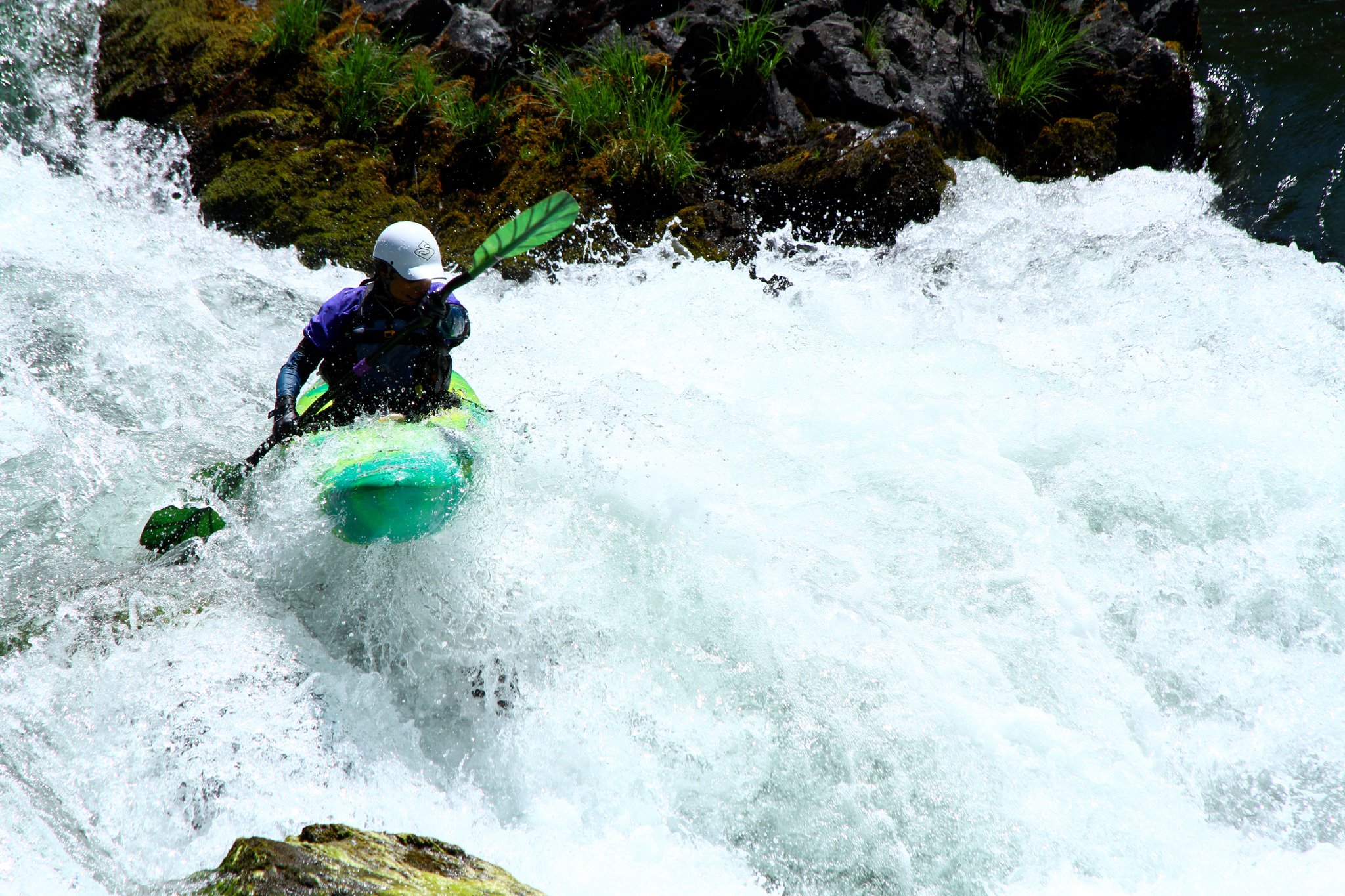
Comments Needed - New Flow Management Proposal on the Trinity River (CA)
American Whitewater has taken the opportunity to gauge impacts of a proposal introduced by the Trinity River Restoration Program (TRRP) known as the Winter Flow Variability Action. This new flow management proposal has the potential to impact summer recreational flows on 23 miles of the Trinity River including the Pigeon Point Run, Big Flat to Hayden Flat and Hayden to Cedar Flat. Overall, the main purpose of the new flow proposal is to help retore the fisheries of the Trinity River which have been severely degraded by dam construction and water diversions by mimicking a natural hydrograph. Based on this, American Whitewater finds merit in the Winter Flow Variability Action and encourages paddlers to weigh in as recreational stakeholders during the public scoping period so that the TRRP can better understand summer boating interests. Specifically, we encourage paddlers to highlight time spent on this section of the Trinity River during the summer and at what flow levels you enjoy measured at the USGS Burnt Ranch Gorge gauge.
Natural Hydrograph
American Whitewater requested a virtual presentation for the flow proposal from fishery biologists representing the National Oceanic and Atmospheric Administration and the Yurok Tribe which are both members of the TRRP Trinity Management Council. Currently, flows shaped for the Trinity River below Lewiston Dam fall outside of a natural hydrograph. The virtual presentation highlighted benefits of shifting to a more natural hydrograph in the watershed including timely scouring of the rock bottom which improves habitat for the insects that fish eat and flow cues that encourage native fish to continue their lifecycle journeys downstream. For nearly three decades, these are the very same principles of the natural hydrograph that American Whitewater has encouraged on hydropower projects across California including the North Fork Feather, the Mokelumne and most recently on the San Joaquin River. In each case recreational flow has been successfully implemented within the tenets of a natural hydrograph.
Impacts to Recreational Summer Flows on the Trinity River
For the Trinity River reaches below Lewiston Dam that have a potential for impact, American Whitewater ran a detailed analysis based off historical USGS Trinity River gauges between the years 2001 through 2020 and a model of the Winter Flow Variability proposal provided by the Yurok Tribe fisheries biologist. This analysis shows little impact to the number of boatable days between the minimum, optimum and high river flow levels listed in the “holy grail” of guidebooks, Lars Holbeck and Chuck Stanley’s The Best Whitewater in California and more recently in Dan Menten’s The New School Guide to Northern California Whitewater. The boatable flow range for this section of the Trinity River is identified as 500 cfs minimum, 1500 cfs optimum and 4000 cfs high measured at the downstream USGS Burnt Range Gorge gauge. However, though within boatable flow ranges, there is impact to the magnitude or amount of flow released during any given day in the summer period since more flow is shifted to the winter and spring months. In other words, there is potential to shift to the lower boatable range of flows as opposed to optimum or higher boating flow range as you get later into the summer months. That said representatives of the Trinity Management Council stress that the Winter Flow Variability proposal is only a model and actual hydrograph schedules would continue to be developed and finalized by the flow workgroup. This workgroup would have discretion to address the objectives that are prioritized in any given year. So bottom line it is important for paddler stakeholders to speak up.
Comments Due by June 18
American Whitewater will be submitting comments detailing our boating interests, desired flow ranges and a request to include the paddler perspective during annual deliberations on hydrograph release schedules. It is our hope that you add your voice too! If you have not already submitted comments, please take a few minutes to send your name, address, phone, email, time of year you boat this section of the Trinity River, and the flow levels you prefer measured at the most downstream USGS gauge at Burnt Ranch Gorge (USGS 11527000). Send your comments via email by June 18, 2021, to fgutermuth@usbr.gov.
Photo of Theresa L. Lorejo-Simsiman on Hell Hole by Serendipty Snapshots
